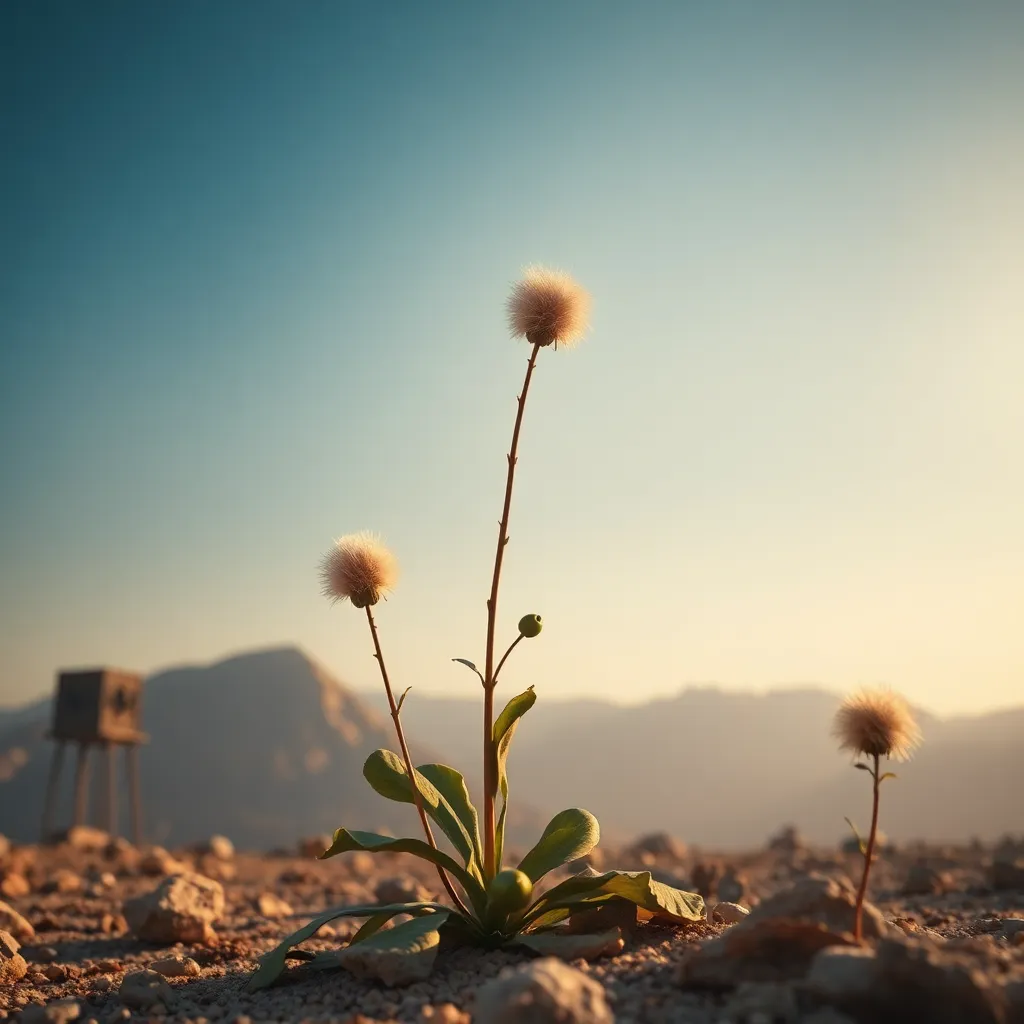The Importance of Sacred Plants in Egyptian Daily Life
I. Introduction
Ancient Egyptian culture is renowned for its rich tapestry of beliefs, practices, and daily activities that intertwined the natural world with the divine. Plants played a significant role in this civilization, not merely as sources of food and materials but also as symbols of life, death, and the afterlife. Among these, sacred plants held a place of honor, revered for their spiritual significance and their essential roles in various aspects of daily life.
This article explores the importance of sacred plants in ancient Egypt, highlighting their historical context, symbolism, uses in religious rituals, medicinal properties, artistic representations, and their modern relevance.
II. Historical Context of Sacred Plants in Ancient Egypt
The utilization of plants in ancient Egypt was multifaceted, encompassing agriculture, medicine, and religious practices. Ancient Egyptians cultivated a variety of plants, many of which were integral to their daily lives and spiritual beliefs.
Sacred plants often appeared in Egyptian mythology and religion, serving as symbols of creation, regeneration, and the divine. Archaeological evidence, including tomb paintings and temple inscriptions, provides insights into the significance of these plants and their roles in the lives of the ancient Egyptians.
III. Major Sacred Plants and Their Symbolism
Several plants were deemed sacred in ancient Egypt, each carrying its unique symbolism:
- Lotus (Nymphaea): The lotus flower is perhaps the most iconic sacred plant, symbolizing creation and rebirth. It is often associated with the sun god Ra, as it blooms at dawn and closes at dusk.
- Papyrus (Cyperus papyrus): This plant was vital for writing and art, serving as the primary material for papyrus paper. It symbolized knowledge and communication, essential aspects of Egyptian civilization.
- Frankincense and Myrrh: These aromatic resins were used in spiritual practices, offering a connection to the divine. They were commonly used in incense during rituals, symbolizing purity and sanctity.
IV. Sacred Plants in Religious Rituals and Ceremonies
Sacred plants played a critical role in various religious rituals and ceremonies in ancient Egypt:
- Temple Offerings: Plants were often included in offerings to gods, representing sustenance and devotion. The lotus and papyrus were frequently used in these offerings, emphasizing their sacred status.
- Funerary Practices: Plants were integral to funerary rites, as they were believed to aid in the transition to the afterlife. For example, the lotus was placed in tombs to symbolize rebirth.
- Symbolic Meanings: Many religious texts reference sacred plants, illustrating their symbolic meanings in rituals and the afterlife, further highlighting their importance in Egyptian spirituality.
V. Medicinal Uses of Sacred Plants
Herbal medicine was a cornerstone of ancient Egyptian healthcare, with sacred plants often incorporated into healing practices:
- Overview of Herbal Medicine: Ancient Egyptians possessed extensive knowledge of herbal remedies, utilizing plants for various ailments and health conditions.
- Specific Sacred Plants: The lotus, for example, was believed to have calming properties, while papyrus was used to treat wounds and infections.
- Integration of Spirituality and Medicine: Healing in ancient Egypt was not just physical; it also involved spiritual elements, reflecting the interconnectedness of health, spirituality, and sacred plants.
VI. Sacred Plants in Art and Architecture
The influence of sacred plants extended beyond rituals and medicine, permeating art and architecture:
- Depictions in Hieroglyphics: Sacred plants frequently appeared in hieroglyphics and murals, symbolizing various aspects of life and the divine.
- Temple Design: Many temples incorporated sacred plants in their iconography, emphasizing their importance in worship and daily life.
- Influence on Later Art Forms: The representations of sacred plants continued to inspire later Egyptian art forms, highlighting their enduring legacy in Egyptian culture.
VII. Modern Perspectives on Sacred Plants
Today, the traditions surrounding sacred plants in Egypt continue to thrive:
- Continuation of Traditions: Many contemporary Egyptians still honor the sacred plants, using them in spiritual practices and festivities.
- Modern Spirituality and Wellness: Sacred plants are increasingly recognized for their therapeutic properties, contributing to modern wellness practices and holistic medicine.
- Conservation Efforts: There are ongoing efforts to conserve sacred plants in Egypt, ensuring that these vital elements of cultural heritage are preserved for future generations.
VIII. Conclusion
In summary, sacred plants held immense significance in ancient Egyptian life, woven deeply into the fabric of their culture, religion, and daily practices. From their roles in spiritual rituals to their medicinal uses and artistic representations, these plants were more than mere flora; they were vital connections to the divine and symbols of life itself.
The enduring legacy of sacred plants continues to resonate in modern Egypt, reminding us of the profound relationship between nature and humanity. As we reflect on this rich heritage, it becomes imperative to appreciate and preserve the cultural significance of sacred plants, ensuring that their stories and meanings are passed down through generations.




